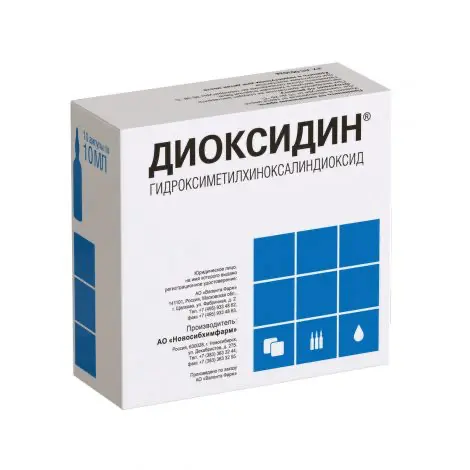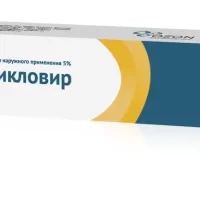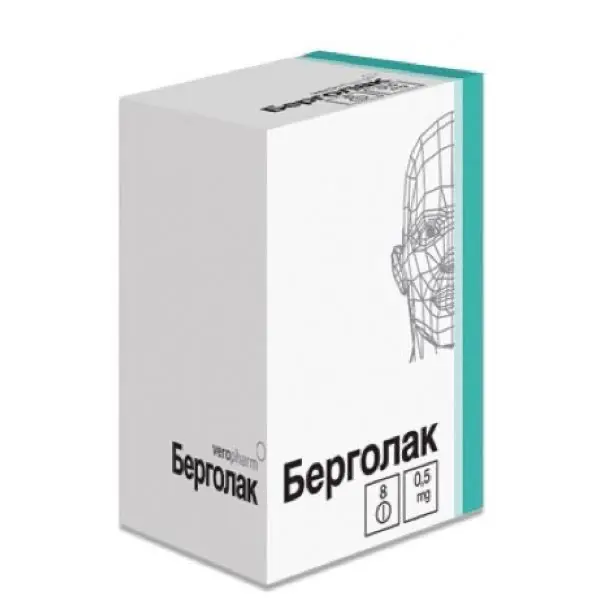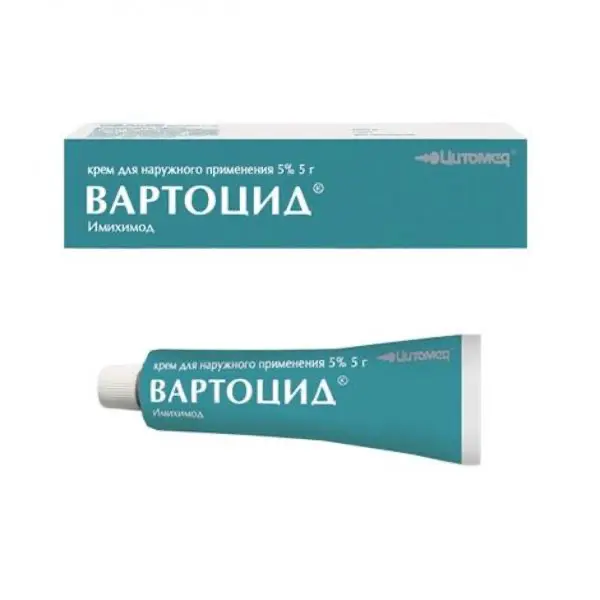Description
Dioxidin Pharmacodynamics
Broad spectrum antibacterial agent of quinoxaline derivatives group, has chemotherapeutic activity against infections caused by Proteus vulgaris, Pseudomonas aeruginosa, Klebsiella pneumoniae, Escherichia coli, Shigella dysenteria, Shigella flexneri, Shigella boydii, Shigella sonnei, Salmonella spp, Staphylococcus spp., Staferthococcus spp., pathogenic anaerobes (Clostridium perfringens), acts on bacterial strains resistant to other chemopreparations, including antibiotics.
Development of drug resistance of bacteria is possible. Treatment of burn and purulent-necrotic wounds promotes faster cleaning of the wound surface, stimulates reparative regeneration and marginal epithelization and favorably influences the course of the wound process.
Indications
Purulent bacterial infections caused by susceptible microflora with ineffectiveness or poor tolerance of other chemotherapeutic agents.
Intracavitary administration – purulent processes in the thoracic and abdominal cavities, in purulent pleurisy, pleural empyema, lung abscesses, peritonitis, cystitis, wounds with deep purulent cavities (soft tissue abscesses, pelvic cell phlegmon, postoperative wounds of urinary and biliary tract, purulent mastitis etc), for prevention of infection complications after urinary bladder catheterization.
Topical application – treatment of acute suppurative otitis media with perforation and exacerbation of chronic suppurative otitis media, treatment of acute tonsillopharyngitis, treatment of exacerbation of chronic tonsillitis (compensated form).
External use – surface and deep wounds of various localizations, nonhealing wounds and trophic ulcers, soft tissue phlegmons, infected burns, septic wounds in osteomyelitis.
Contraindications
Hypersensitivity to the drug, adrenal insufficiency (including anamnesis), pregnancy, lactation, children (under 18 years).
With caution:
Renal insufficiency.
Use during pregnancy and breast-feeding:
In pregnancy and during breastfeeding, the use of Dioxidine is contraindicated.
Dosage and administration
- Dioxidin administered in the hospital. Applied externally, intracavitary. 1% solution of Dioxidin can not be used for intravenous administration due to solution instability during storage at low temperatures.
- Intracavitary administration. In the pus cavity, depending on its size is administered daily from 10 to 50 ml of 1% Dioxidine solution. Dioxidine solution is injected into the cavity through a catheter, drain tube or syringe.
- Maximum daily dose for administration in the cavity is 70 ml of 1% solution.
The drug is usually injected into the cavity once a day. It is possible to administer a daily dose in two doses according to indications. If tolerated well, the drug can be administered daily for 3 weeks or more. If necessary, repeat courses in 1-1.5 months. - Local application
- In the treatment of acute purulent otitis media with perforation and exacerbation of chronic purulent otitis media 0.25% solution of Dioxidine is used. To obtain 0.25% solution ampoule solutions of the drug is diluted to the required concentration with sterile 0.9% sodium chloride solution or water for injections at a ratio of 1:3 (1 part of Dioxidine solution and 3 parts of sodium chloride solution or water for injections). The solution shall be prepared in a glass or plastic container. The resulting 0.25% solution is dripped into the external auditory canal with a dropper 5 drops of the solution 3 times a day. Duration of treatment for acute suppurative otitis media and exacerbation of chronic suppurative otitis media is 10 days (if clinical improvement is achieved the course of treatment may be 6-8 days). The solution should be put into the patient lying on his side; after treatment the patient should stay in the same position for several minutes, it is allowed to place a cotton turunda in the external auditory canal.
- When treating acute tonsillopharyngitis and exacerbation of chronic tonsillitis 0.1% solution of Dioxidine is used. To obtain 0.1% solution ampoule solutions of the drug are diluted to the required concentration with sterile 0.9% sodium chloride solution or water for injections at a ratio of 1:9 (1 part of Dioxidine solution and 9 parts of sodium chloride solution or water for injections). The resulting 0.1% solution is used to wash the tonsils with a syringe or rinse 3 times a day. For one procedure, 50 ml of the solution is used.
- The course of treatment is 7 days.
- External application. Dioxidine 0.1-1% solutions are used. To obtain 0.1-0.2 % solutions ampoule drug solutions are diluted to the desired concentration with sterile 0.9 % sodium chloride solution or water for injection. For treatment of superficial infected septic wounds, napkins moistened with 0.5-1% Dioxidine solution are applied to the wound. Deep wounds after treatment are loosely tamponized with tampons moistened with 1% Dioxidin solution, if a drainage tube is available, from 20 to 100 ml of 0.5% solution of the drug is injected into the cavity.
- For treatment of deep purulent wounds in osteomyelitis (wounds of hands, feet) 0.5% to 1% solutions of the drug are used in the form of baths or a special wound treatment with the drug solution is performed for 15-20 minutes (introduction of the solution into the wound for this period), followed by dressing with 1% Dioxidin solution.
- Dioxidine in the form of 0.1-0.5% solutions can be used for prevention and treatment of infection after surgical interventions. By indication (patients with osteomyelitis) and with good tolerance, treatment can be carried out daily for 1.5-2 months.





